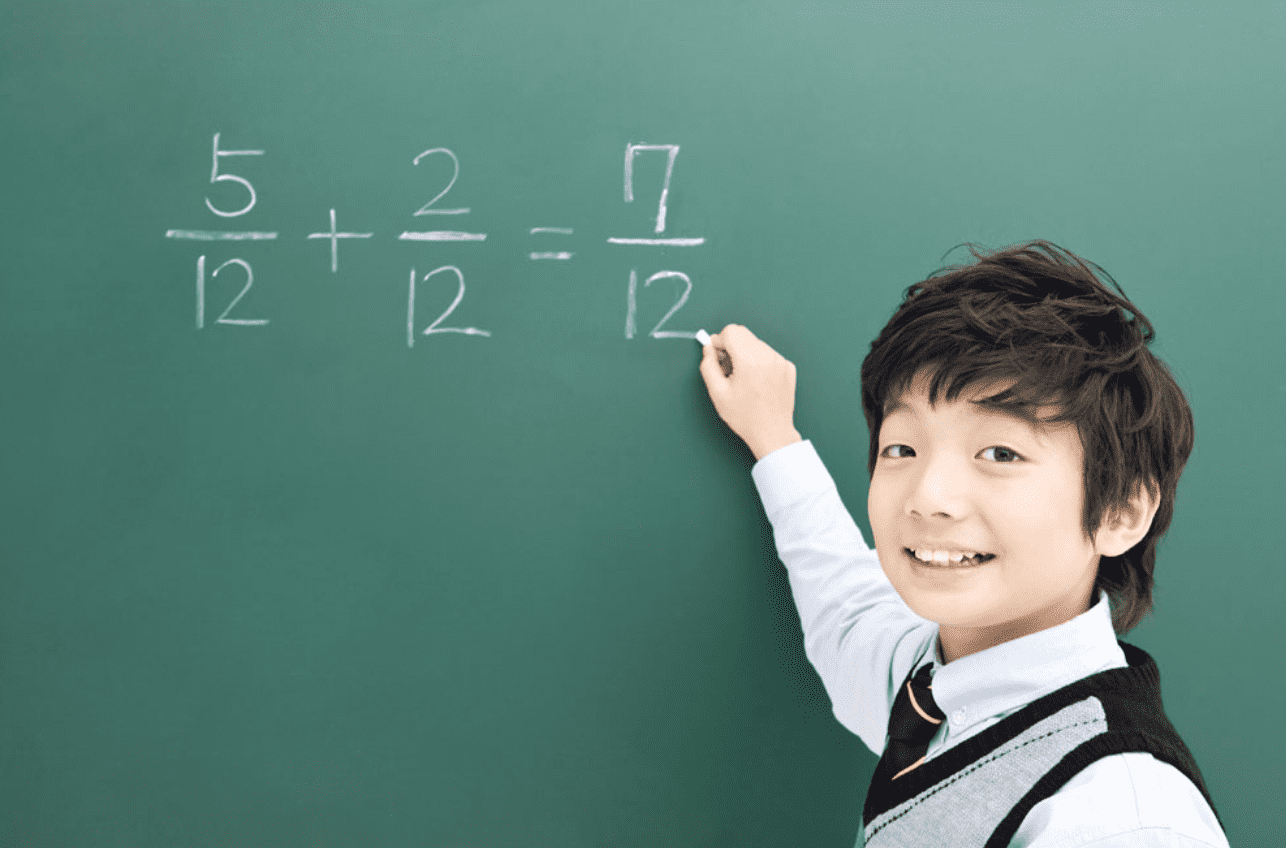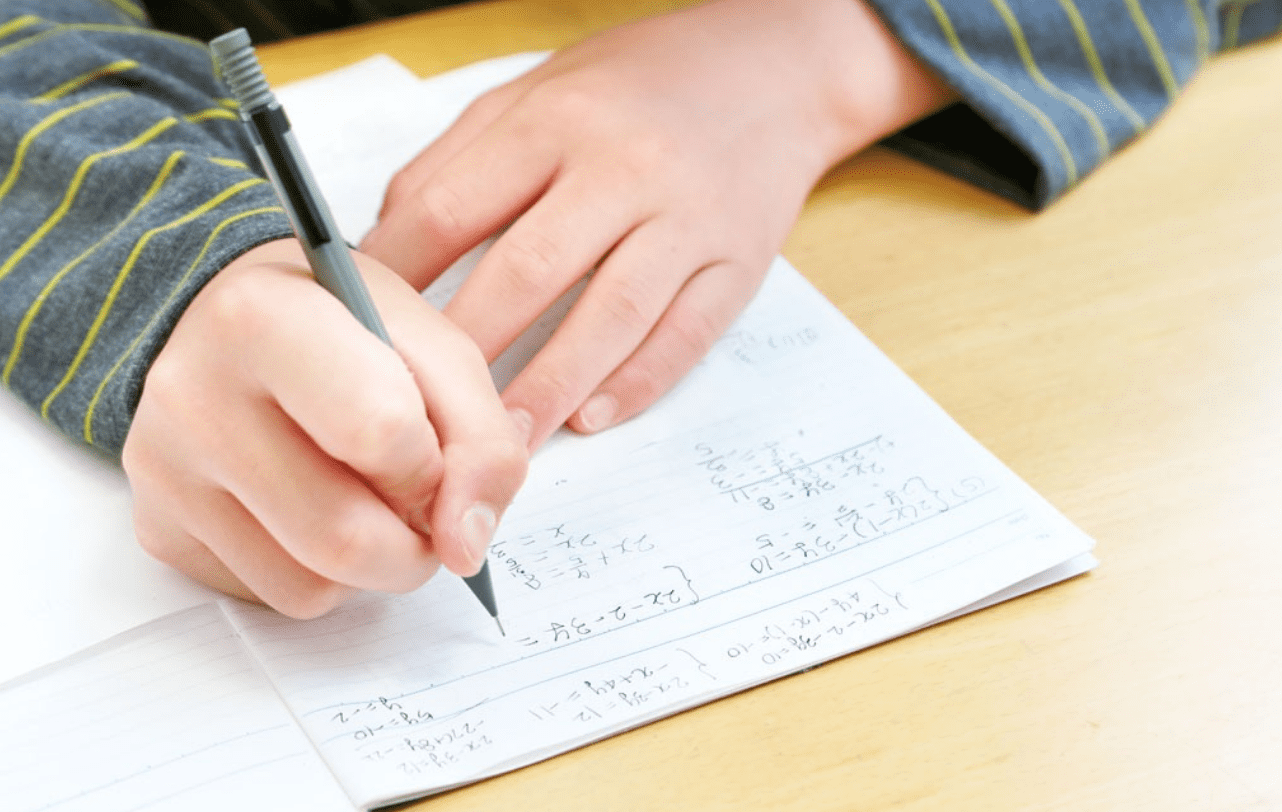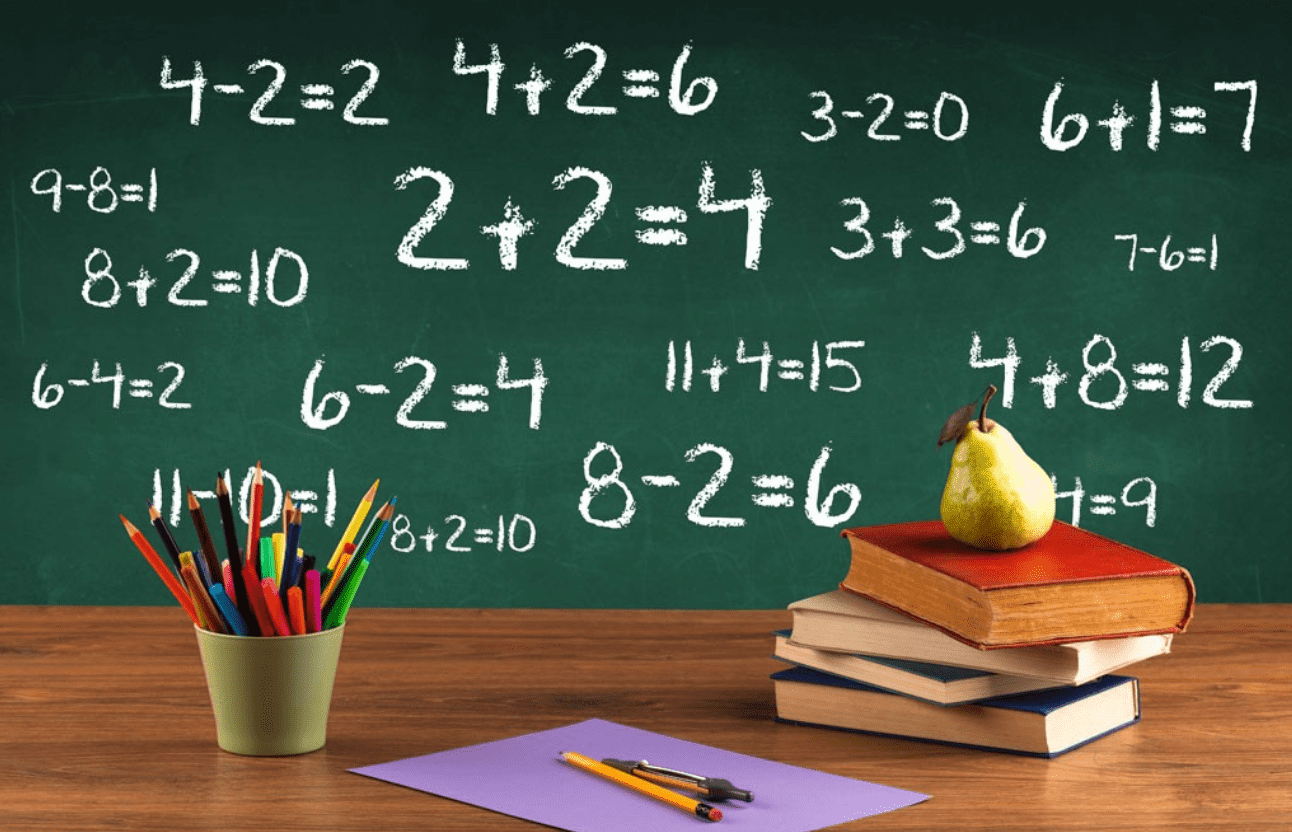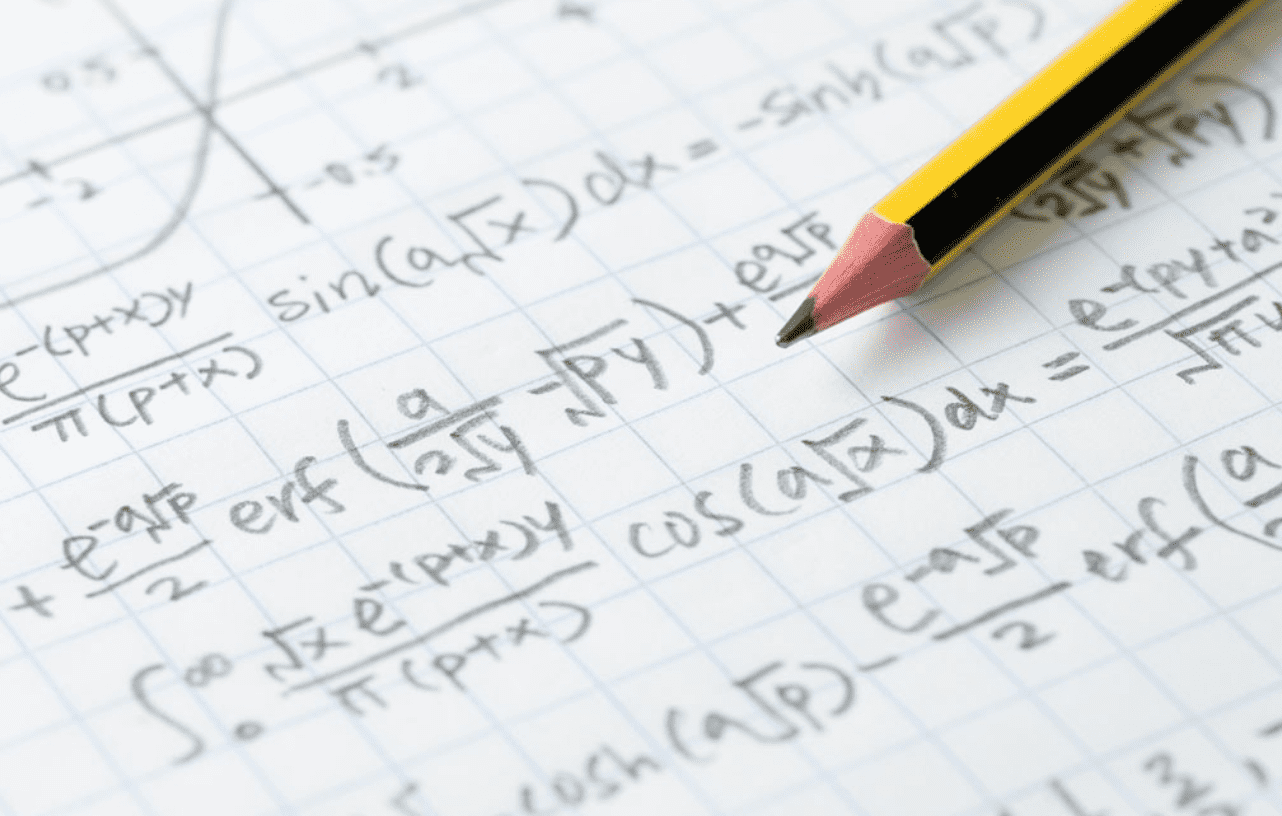
Math is a very difficult subject to master and for one, I detest Math when I was young. However, for many people worldwide, Singaporeans are one of the best in Math in the world.
For Singaporeans, this news can be baffling because to us, its just math. Every other country offers math in their educational curriculum.
What made Singapore’s Math differently?
What is Singapore Math?
Singapore Math, or math to Singaporeans, is a special method developed to make math easier to teach students from kindergarten to Primary 6.
The method was introduced in 1982 by the Ministry of Education, who wanted its own mathematics program that focuses more on problem-solving rather than theory.
Before this method was introduced, Singaporean primary schools used textbooks from other countries. But, the method of how it is taught is hard to understand and covers a lot of topics.
As a result, students like me find it difficult to become proficient in the subject and quickly lost interest.

The Curriculum Planning and Development Division then started plans in 1981 to revise the new curriculum. Throughout this stage, they created new textbooks to introduce math to kids.
Once the curriculum was finished in 1982, a textbook series called “Primary Mathematics” was released.
The series was later revised in 1992 to focus on problem-solving. Private companies were given permission to publish Singapore Math books to make it available to the public.
The new curriculum immediately produced results as math grades shot up throughout the country.
Trends International Mathematics and Science Society also saw how good Singaporean students through their assessments. The results showed that Singapore’s method of teaching math is very effective.
The Organization for Economic Co-operation and Development’s Programme for International Student Assessment also ranked Singaporean students as the best when it comes to Math.
With this commendation, other countries also picked up Singapore Math and published books showing the method. Today, several schools in the United States, Israel, United Kingdom and Canada have adopted the system for their students.
How Does Singapore Math Work?
In other countries, math teachers often focus on the theory without seeing if the student has mastered the key skills to understand it.
Singapore Math helps children to develop key math skills before they are taught mathematical theory.
Through the help of a three-step approach, children are given time to master how each key math concepts work. We are also taught what skills are necessary to understand it.
Without a strong foundation on how these concepts work, students will not be able to understand the theory behind math.
The Three-Step Learning Approach
The origin of the three-step learning approach is American psychologist Jerome Brunner.
Brunner, in one of his theories, suggested that people can learn faster if they are given a concrete item to study before they try processing what they saw through pictures and symbols.
If you use this method on children, they will be able to understand what they are supposed to learn and not memorize the facts alone.
Based on this approach, the first step – concrete – deals with showing kids solid props or learning tools like blocks, colour pencils or dice to teach key math concepts. For example, teachers can use building blocks to show how addition is done.
Once the child sees the concept with the help of concrete objects, teachers can then move to the second and third approach: pictorial and abstract.
Under these steps, teachers and tutors alike can teach the same mathematical concept by using diagrams or graphs.

Key Concepts Taught in Singapore Math
Under the Singapore Math method, there are two major concepts that are given focus: the part-whole concept and the comparison concept.
The Part-Whole Concept
Under the part-whole concept, we can help students understand what “parts” are and how much of these “parts” are needed to make a “whole.”
For example: “If Jeff has 2 apples and Brad has 3, how many apples do they both have?”
To answer this problem, a student can draw a bar that would represent the total or the “whole” answer, then divide it into “parts.” These parts would then represent the part which has the larger part and the one with the smaller part.
The student would then label the bar with the right numbers, then add the two numbers together to get the total answer.
Once the student has mastered this concept for addition, they would later be taught how to use it for the other key math concepts.
The Comparison Concept
Meanwhile, the comparison model requires two bars to be used, so a student can see the “difference.”
For example: “If Josephine has 5 books and 2 notebooks, how many more books does Josephine have?”
To answer this problem, a student can use the two bars to represent which part has the larger quantity and the smaller one. Then, once the graph is labelled, the student can then count the difference based on the gap beside the smaller quantity.
Like the part-whole concept, the comparison concept can be used for all four major math concepts.
Once the student is comfortable with both concepts, they will then be taught how to use them for other math problems like fractions and decimals.
So Why is Singapore Math so Popular?
14 countries have adopted Singapore Math into their curriculum once they see a significant improvement in their grades. This includes Jeff Bezos who injects Singapore Math in his children’s curriculum and this coming from the richest man in the world (net worth estimated to be 150 billion) who founded and manages the successful Amazon, it says a lot.
With Singapore Math focusing on mastering the concepts instead of learning them to pass a test, the curriculum is specially refined to instill the fundamentals so that it can be applied in later Math stages easily.
This enables our students to be best at problem-solving in an unfamiliar context and solve unstructured problems. Furthermore, a strong Math foundation in those concepts can be later brought into the workspace and implement on complex problems.
Conclusion
Math should not be a subject that children should fear because of the benefits it has in real life. Instead of forcing your child through rote-learning (personally, I hated that method!), cultivate interest through creative play and excursions.
Without math, many things would remain a mystery to mankind and life would not be in order as it is today.
For more math-related articles, here are some that may interest you:
PSLE Primary Math Syllabus Changes to Look Out for in 2019
How Can I Help My Child Use Abstract Thinking in Math?

